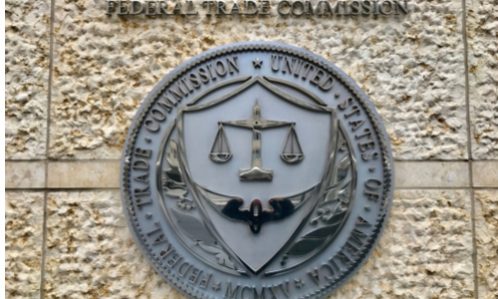Merger Guidelines Provide Insight on DOJ and FTC Enforcement Priorities for 2024

On December 18, 2023, the Federal Trade Commission (FTC) and the Antitrust Division of the Department of Justice (DOJ) concluded a nearly two-year process of revising both the horizontal and vertical merger guidelines by releasing the 2023 Merger Guidelines. This update closely aligns with the expressed objective of both agencies to broaden enforcement actions aimed at preventing monopolies from forming and addressing existing monopolization by established firms across various industries. Already, these new guidelines have been referenced in enforcement actions, such as the FTC’s administrative complaint to block the merger between Albertsons and Kroger. Additionally, the agencies have indicated their intent to employ these guidelines as part of an ongoing strategy of robust enforcement, particularly in cases where mergers “may” harm competition, rather than solely focusing on those where harm is deemed “likely.” The guidelines also underscore the agencies’ renewed emphasis on critical areas such as the labor market, potential issues related to illegal bundling or tying practices, and mergers involving platforms.
Content of the New Guidelines
In January 2022, both the FTC and the DOJ announced initiatives to review potential changes to the Horizontal Merger Guidelines, initially issued in 2010, and the Vertical Merger Guidelines, introduced in 2020. Over the following year, a public comment period commenced, during which the agencies solicited feedback from the public and conducted listening sessions, leading to the release of the Draft Merger Guidelines on July 19, 2023.
As highlighted in the agencies’ Fact Sheet on the Draft Guidelines, these are the first merger guidelines to incorporate case citations, demonstrating the agencies’ commitment to grounding their enforcement strategies in legal principles despite adopting new approaches. The Fact Sheet also underscores the agencies’ growing concern that the labor market and employees are often overlooked as market participants who can be harmed by anticompetitive mergers.
Following further feedback and revisions, including significant changes to clarify the advisory nature of the guidelines, condensing them from thirteen to eleven, and incorporating new case citations, the final 2023 Merger Guidelines were issued. Guidelines 1-6 outline distinct frameworks for identifying mergers that raise prima facie concerns, while Guidelines 7-11 address their application in specific contexts.
Among the noteworthy changes in the new guidelines is a return to the Herfindahl-Hirschman Index (HHI) threshold that predates the 2010 guidelines, whereby a post-merger HHI of 1,800, combined with an increase in HHI of 100, triggers a structural presumption of reduced competition or a tendency to create a monopoly. Furthermore, the updated guidelines underscore the heightened focus on a merger’s impact on the labor market, including its potential to stand alone as a basis for challenging a merger under Guideline 10…
Featured News
Belgian Authorities Detain Multiple Individuals Over Alleged Huawei Bribery in EU Parliament
Mar 13, 2025 by
CPI
Grubhub’s Antitrust Case to Proceed in Federal Court, Second Circuit Rules
Mar 13, 2025 by
CPI
Pharma Giants Mallinckrodt and Endo to Merge in Multi-Billion-Dollar Deal
Mar 13, 2025 by
CPI
FTC Targets Meta’s Market Power, Calls Zuckerberg to Testify
Mar 13, 2025 by
CPI
French Watchdog Approves Carrefour’s Expansion, Orders Store Sell-Off
Mar 13, 2025 by
CPI
Antitrust Mix by CPI
Antitrust Chronicle® – Self-Preferencing
Feb 26, 2025 by
CPI
Platform Self-Preferencing: Focusing the Policy Debate
Feb 26, 2025 by
Michael Katz
Weaponized Opacity: Self-Preferencing in Digital Audience Measurement
Feb 26, 2025 by
Thomas Hoppner & Philipp Westerhoff
Self-Preferencing: An Economic Literature-Based Assessment Advocating a Case-By-Case Approach and Compliance Requirements
Feb 26, 2025 by
Patrice Bougette & Frederic Marty
Self-Preferencing in Adjacent Markets
Feb 26, 2025 by
Muxin Li